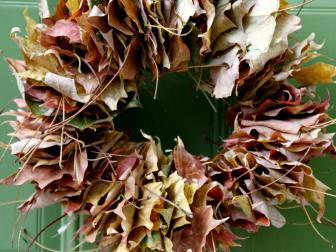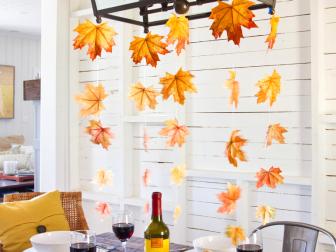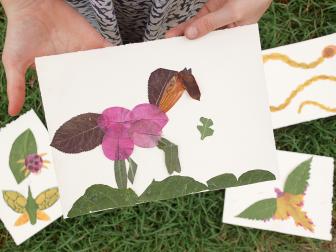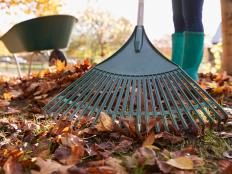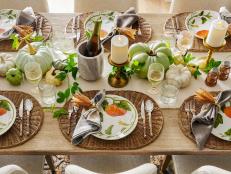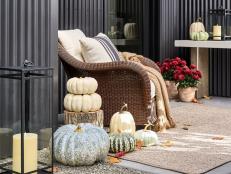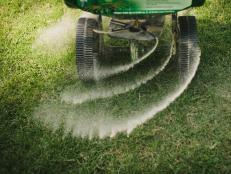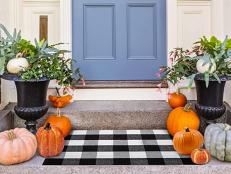What to Do With the Leaves Piling Up in Your Yard
No matter the season, leaves can show up and stack up. Discover low-maintenance ideas for leaf removal.
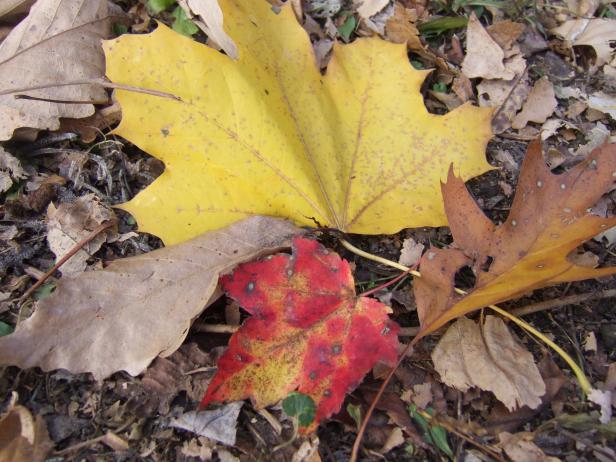
Julie Martens Forney
Colorful autumn leaves inspire everything from poetry to vacations, but ultimately all those fallen leaves add up to chores. In fall leaves tumble from trees by the minute, while winter winds corral loose leaves under shrubs and in corners of your yard. Spring brings showers of evergreen leaves, along with autumn leftovers.
If you've ever scratched your head wondering what to do with leaves in the yard, try a few of these easy-going ideas that make the most of leaves with the least effort on your part.
Rake 'Em Up
Raking is probably the most back-breaking approach to leaf removal. It works best in small yards or planting beds. If raking is your method of choice, check out new ergonomic rakes — lightweight and designed to limit back fatigue. Select a wide rake-head for lawn areas and small rakes for planting beds and reaching under shrubs. To haul leaves away, consider a bendable tarp, pop-up leaf hauling containers, handheld leaf claws and other leaf-specific gizmos designed to make leaf gathering a breeze.
The Best Tools for Picking Up Leaves in Your Yard
Spend more time with family and less time raking leaves with these efficient tools that make leaf cleanup a breeze.
The only time you don't want to rake leaves is if they're wet and matted. Try to time raking so leaves are dry. If it's winter and the ground is frozen, it's better to use a leaf blower and stay off the grass as much as possible. Walking on frozen grass crowns can damage them, which in turn can lead to brown spots after soil thaws in spring.
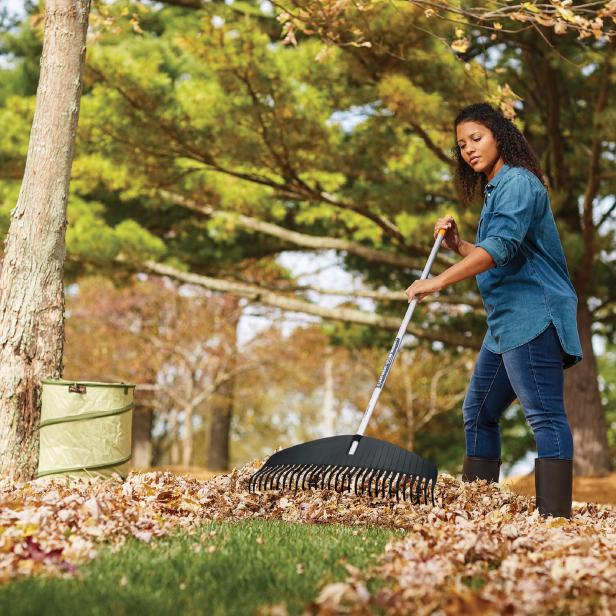
Fiskars.com
Chop Leaves for Compost
Convert leaves into organic matter for your garden by composting them. Organic matter is the silver bullet for building healthy garden soil that grows gorgeous, productive plants. It helps with soil aeration, moisture retention and even disease fighting.
When making compost, leaves break down at different rates depending on how thick they are. Thick oak or magnolia leaves may take up to two years to break down completely, while thinner leaves like birch or dogwood can rot over winter. To speed up the process, chop leaves before adding them to your compost pile. Chopping leaves also prevents them from matting together to form a waterproof surface, a common problem with maple, sycamore, tulip poplar and other large leaves.
The easiest and fastest way to chop a lawn full of leaves is by mowing them. Use your mower's grass catcher to bag the chopped leaves, emptying it into your compost bin. For smaller areas, a leaf vac works well. Chopping leaves is dusty business. Wear a dust mask and eye protection, especially if you have allergies.
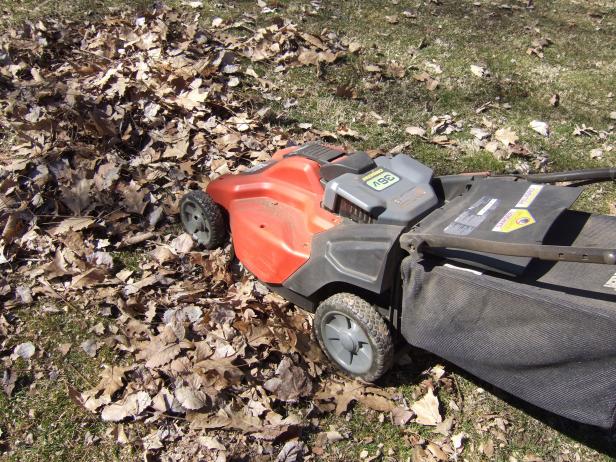
Julie Martens Forney
Make Leaf Mold
The average tree stores up to 80 percent of its nutrients and minerals in leaves. Recycle these leaves into your garden, and you're harvesting a nutrient-rich resource. One way to preserve those nutrients is by making leaf mold, a type of organic matter. It's what makes a forest floor feel spongy when you walk on it. Leaf mold acts like a sponge, holding 300 to 500 percent of its own weight in water. It also makes a terrific mulch.
To make leaf mold, follow the same techniques for chopping leaves, this time stuffing them into a makeshift bin (a cylinder of chicken wire or wire fencing works well) or black garbage bags. Pack leaves down as you fill your container. Wet the leaves once the pile is complete. Seal and poke holes in garbage bags to provide airflow, and stack them in an out of the way place in your yard. Flip bags over in six months, and in 12 to 18 months check for finished leaf mold (small, flaky, brown bits).
Use Leaves For Mulch
Leaves make a terrific DIY mulch that's free, and it's probably the fastest, easiest way to use leaves. If leaves are small, rake them directly onto planting beds. For large leaves, it's a good idea to chop them before using them as mulch. Like any mulch, you don't want to pile leaves directly against shrub or tree trunks. Instead arrange them around stems like a donut, leaving some space around stems for airflow.
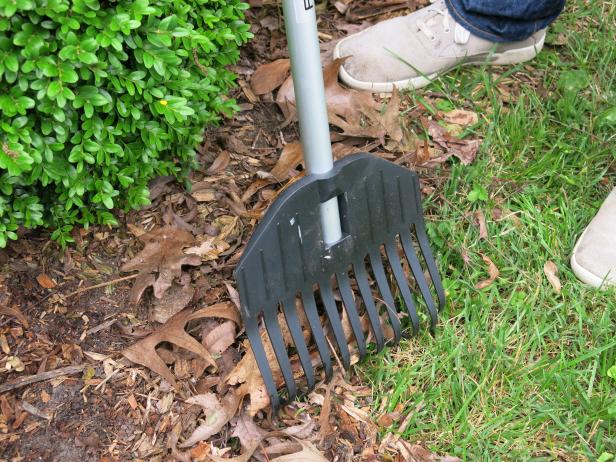
Fiskars.com
Let Leaves Offer Shelter
Leaves that collect beneath shrubs and in planting beds provide winter protection for beneficial insects. If possible, let leaves collect and stay in these areas until spring arrives and frosty weather is finished. Warm spring afternoons wake insects from winter slumber and they'll crawl, flit or fly out of leaves to begin a new life cycle.
Blow Leaves Away
A leaf blower is your best tool for moving leaves off walks, driveways, decks and other hardscapes. Choose a model that includes a leaf vac function, and you have a way to gather and chop leaves. Otherwise, blow them onto a lawn area where you can chop them with a mower or scoot them into planting beds for mulch.

Troy-Bilt at Troybilt.com
The Best Leaf Blowers
A leaf blower is the unsung hero of the cold months. It keeps your yard clear of leaves in the fall and can help keep walkways snow-free in the winter. See these top-rated leaf blowers.
Add Leaves to Planting Beds
If you have a vegetable garden, new planting bed or area that you always grow annuals, adding a leaf layer is an easy way to improve the soil. Chopping leaves is ideal. If you need to add whole leaves, cover them with straw or shredded bark mulch to keep them from blowing away over winter. Use a broad-fork, digging fork or tiller to break up leaves in spring.
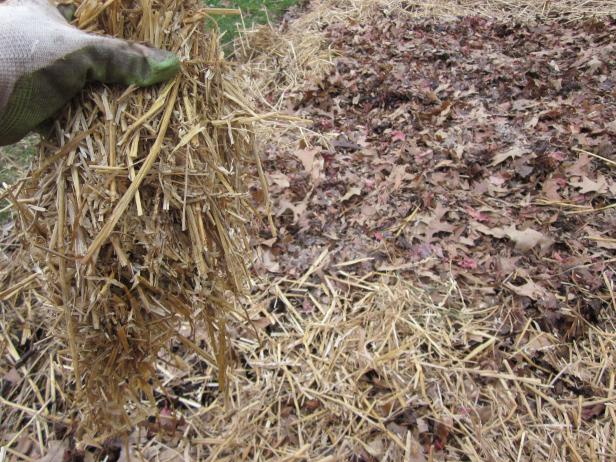
Julie Martens Forney
Use Leaves for Art Projects
Leaves that have fallen at the peak of their color can be preserved in a variety of presentations. You can make a leaf decoupage, a colorful seasonal wreath or a fall foliage centerpiece for decoration. You can also use leaves as stuffing for a scarecrow or Halloween yard figure.
Community Recycling
If you are not a gardener or do much yard work, you should consider offering your bagged leaves to neighbors who use mulch and compost. You can also contact your local county or township to see if they will remove and compost your leaves at a municipal facility for redistribution in the community.









